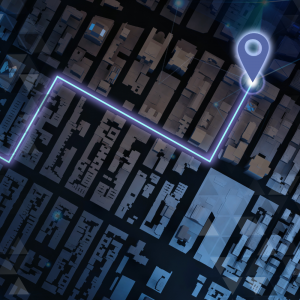Demand generation is a marketing strategy that focuses on creating interest and demand for a product or service among potential customers. The goal of demand generation is to create a pipeline of qualified leads that can be nurtured through the sales funnel and converted into paying customers.
What is Demand Generation?
Demand generation is the process of creating demand for a product or service through marketing efforts. The goal is to attract potential customers and engage with them, providing them with valuable information and education about the product or service. This can be done through a variety of marketing channels, including email marketing, content marketing, social media marketing, and advertising.
The ultimate goal of demand generation is to create a pipeline of qualified leads that can be passed on to the sales team for further nurturing and conversion. Demand generation marketing helps to fill the sales funnel with potential customers who are interested in the product or service by generating demand for it. In addition, they must have a high likelihood of becoming paying customers.
Stages of Demand Generation
There are several stages involved in the demand generation process. Each stage is focused on building interest and demand for the product or service among potential customers.
- Awareness
The first stage of demand generation is creating awareness of the product or service among potential customers. This can be done through various marketing channels, such as social media, display advertising, content marketing, and email marketing. The goal is to make potential customers aware of the product or service and generate interest in it.
- Interest
Once awareness has been created, the next stage is to generate interest in the product or service. This can be done by providing potential customers with valuable information about the product or service, such as through educational content or product demos. The goal is to move potential customers from simply being aware of the product or service to being interested in it.
- Consideration
At this stage, potential customers are considering whether or not to purchase the product or service. This is the stage where marketing efforts should focus on providing potential customers with more detailed information about the product or service, such as product reviews, case studies, and testimonials. The goal is to convince potential customers that the product or service is the best solution for their needs.
- Intent
At the intent stage, potential customers have made the decision to purchase the product or service. Marketing efforts should focus on helping potential customers make the final decision, such as by offering promotions or discounts. The goal is to encourage potential customers to take action and make the purchase.
- Purchase
The final stage of demand generation is the purchase stage. This is where the potential customer becomes a paying customer and completes the transaction. At this stage, marketing efforts should focus on ensuring that the customer has a positive experience with the product or service, such as through excellent customer service and follow-up.
In conclusion, demand generation is a marketing strategy that focuses on creating interest and demand for a product or service among potential customers. By carefully crafting marketing efforts at each stage of the process, businesses can create a pipeline of qualified leads that can be converted into paying customers.
More Stories
Utiq integrates telco-powered authentic audiences with Onetag Platform
In a major step toward enhancing privacy-compliant advertising, European AdTech company Utiq has announced its partnership and technical integration with...
Fuel cycle launches AI tags, revolutionizing qualitative research
Fuel Cycle, a leading provider of insights solutions for modern enterprises, has introduced AI-powered tags, a groundbreaking enhancement to its...
Oktopost launches Looker Studio integration to streamline marketing analytics for B2B teams
In the fast-paced world of B2B marketing, leveraging data for strategic decision-making is no longer optional it’s essential. Oktopost, a...
Listrak debuts first RCS marketing campaign in U.S.
The retail industry is entering a new era of communication, and Listrak, a leading cross-channel marketing platform, is at the...
Iterate.ai and jp.ik team up to deliver secure AI to global classrooms
Iterate.ai, a leader in AI solutions for enterprises, has announced a strategic partnership with jp.ik, a global leader in educational...
Mirriad and BENlabs launch dual pathway ad solution
Mirriad, a leader in virtual product placement (VPP), has announced an industry-first collaboration with BENlabs, an entertainment marketing company transforming...

